Have you ever cradled a steaming bowl of ramen, marveling at its warmth, weight, and intricate design? That bowl is more than just a container, it’s a cultural icon, a practical tool, and a quiet ambassador of Japanese craftsmanship.
From cozy ramen shops in Tokyo to minimalist kitchens in California, the ramen bowl (ラーメン鉢 ramenbachi) has become a beloved staple. But how much do we really know about this versatile piece of tableware?
Let’s lift the lid (sometimes literally) on the fascinating world of ramen bowls exploring their materials, designs, styles, and care tips, plus how you can bring a bit of Japan’s culinary soul into your own kitchen.
Make your ramen experience even more authentic by using a Japanese artisan-made ramen bowl. Explore our ramen bowl collection!
Types and Styles: More Than Just a Bowl
Not all ramen bowls are created equal. In Japan, the type of bowl chosen is often just as important as the broth and toppings inside.
- 🍜 Donburi (丼): A general term for large bowls used for rice and noodle dishes. Ramen donburi are typically deeper and rounder to accommodate soup.
- 🌀 Tayoudon (多用途丼): "Multipurpose bowls" with a medium depth, great for lighter soups or dry-style ramen like mazemen.
- ⛰️ Hira-don (平丼): A wide, shallow bowl often used for dishes where presentation matters. Perfect for Instagram-worthy plating.
- 🔘 Menbachi (麺鉢): Literally “noodle bowl.” These are extra deep with a narrow base—ideal for hearty ramen with lots of broth and toppings.
Whether you’re slurping shoyu ramen in Kyoto or recreating it at home, choosing the right shape helps enhance the experience, keeping heat in, balancing proportions, and showcasing ingredients.
Materials: A Balance of Beauty and Durability
Ramen bowls come in a variety of materials, each with unique advantages:
- 🍶 Ceramic (陶器 tōki): The most traditional and beloved. Ceramic bowls are heavy, sturdy, and excellent at retaining heat. Many are handmade by artisans and feature subtle glaze variations.
- 🍚 Porcelain (磁器 jiki): Lighter and more delicate than ceramic, porcelain often features intricate painted designs. It’s slightly less heat-retentive but offers an elegant dining experience.
- 🔳 Melamine (メラミン樹脂): Durable, lightweight, and shatter-resistant. Common in commercial ramen shops for its practicality though less artisanal in aesthetic.
When selecting your own ramen bowl, consider not just looks but functionality: do you want to savor slowly at home, serve guests, or create a restaurant-style experience?
Designs and Aesthetics: A Window into Japanese Culture
Japanese tableware is often quietly poetic, and ramen bowls are no exception.
Look closely at the patterns and you may see:
- Seigaiha (青海波): Wavelike arches symbolizing peace and good fortune.
- Asanoha (麻の葉): Hemp-leaf patterns representing growth and resilience.
- Karakusa (唐草): Scrolling vines, a traditional motif of longevity.
These aren’t just decorative, they reflect centuries of aesthetic philosophy, where beauty and function merge seamlessly (yo no bi 用の美).
Glazes range from earthy shino whites to deep tenmoku blacks, with pops of indigo or rust. No two bowls are ever quite the same, especially when made by hand.
Bringing these into your own home adds subtle layers of culture to your everyday meals, transforming instant noodles into a small ritual.
Ramen Bowl Sizing and Capacity: How Big Is Just Right?
A typical ramen bowl holds between 900 ml to 1,200 ml (about 30–40 oz), depending on the style. Here's a quick guide:
| Type | Volume | Best For |
|---|---|---|
| Small (700–900 ml) | Light ramen, small portions | Kids, light eaters |
| Medium (900–1,100 ml) | Standard ramen servings | Classic ramen lovers |
| Large (1,200+ ml) | Broth-heavy ramen, large toppings | Serious slurpers and chefs |
A bowl too small may overflow or cool quickly. A too-large bowl may throw off balance and presentation. Choose based on your recipe or collect a few and match to the mood.
Ramen Bowl Sets and Accessories: Complete the Ritual
Many ramen bowl sets include more than just the bowl:
- Chopsticks (箸 hashi) – Often made of bamboo or lacquered wood.
- Renge (蓮華) – The signature ramen spoon with a flat bottom and hooked tip.
- Lids – Sometimes included for presentation or keeping warmth in during serving.
Care and Maintenance: How to Keep Your Bowl Beautiful
Treat your ramen bowls right, and they’ll last for years (possibly a lifetime).
🌿 General Tips:
- Handwashing is best, especially for handmade or glazed ceramics.
- Avoid sudden temperature shocks (no pouring boiling water into a cold bowl).
- Some ceramics are dishwasher-safe, but check product labels.
- Not all are microwave-safe especially with metallic glazes.
- If your bowl shows crazing (fine cracks in glaze), it’s often part of the aging charm but avoid soaking too long.
Investing in a quality ramen bowl isn’t just aesthetic it’s about honoring the meal and the maker.

Final Slurp: Why the Ramen Bowl Matters
More than just a vessel, the ramen bowl represents the essence of Japanese design philosophy, where form follows function, and beauty lives in the everyday.
- Choose your bowl with intention.
- Care for it like a treasured tool.
- Let it elevate your meal.
いただきます (Itadakimasu – Let’s eat.)


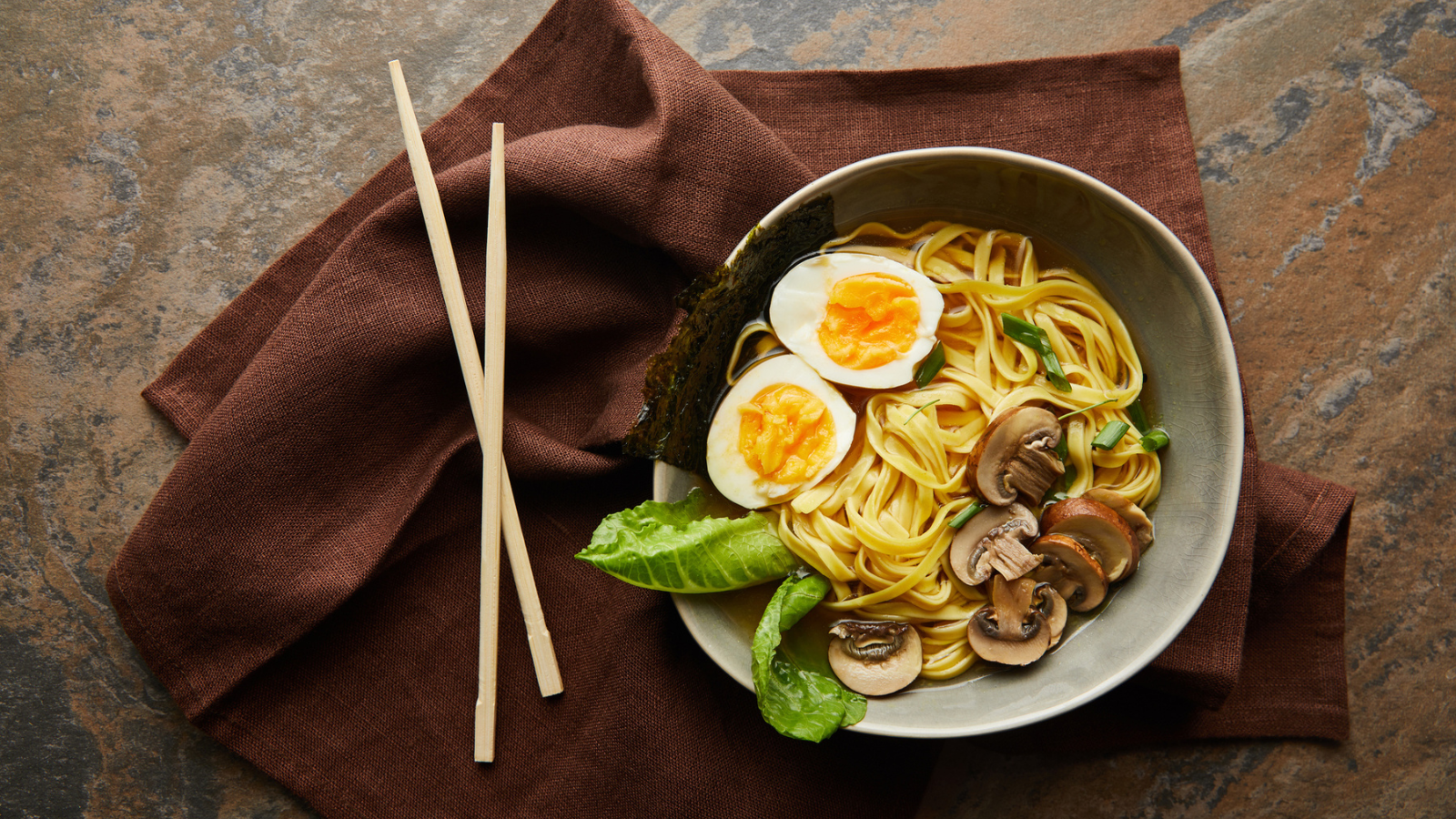

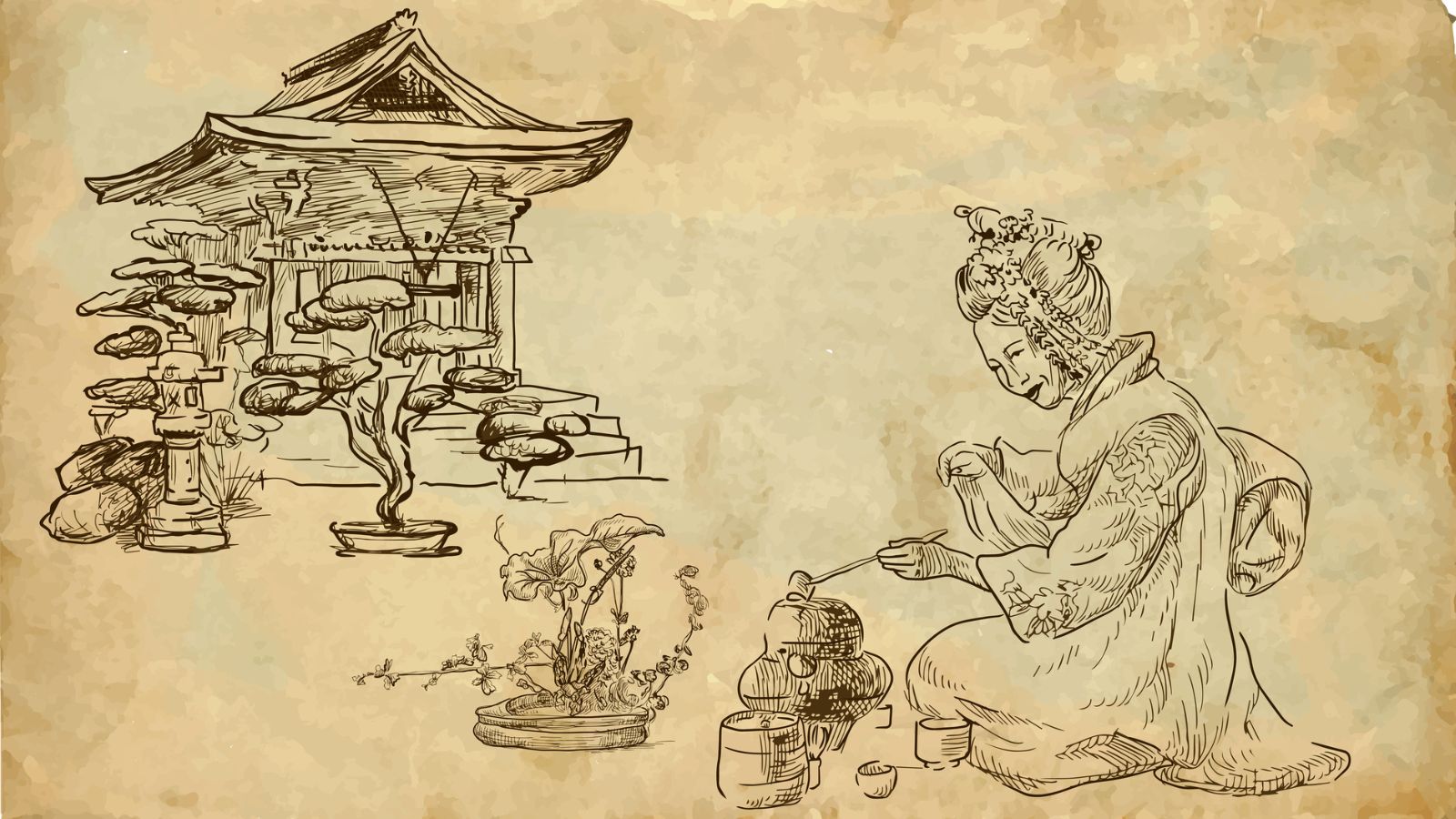
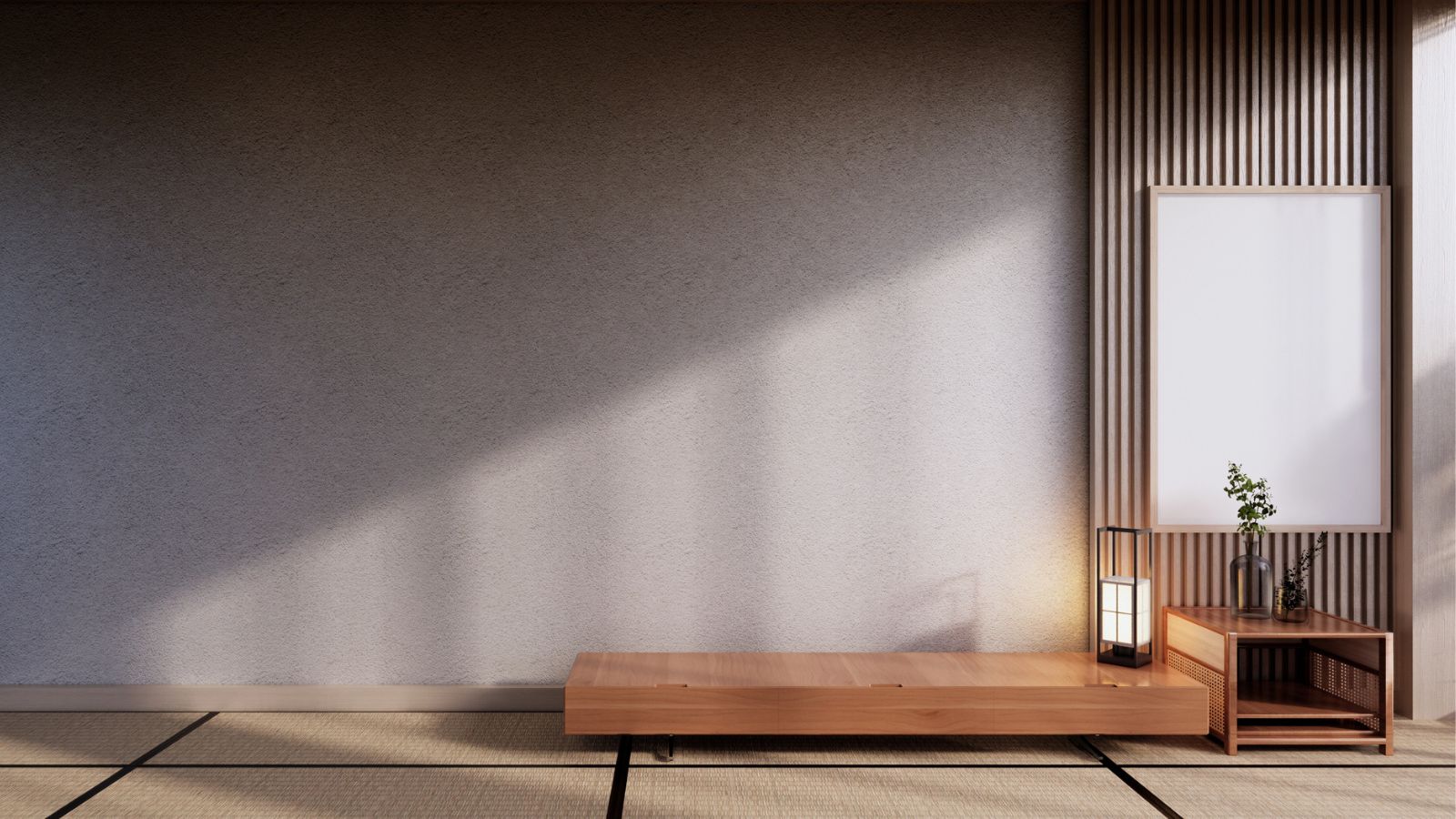

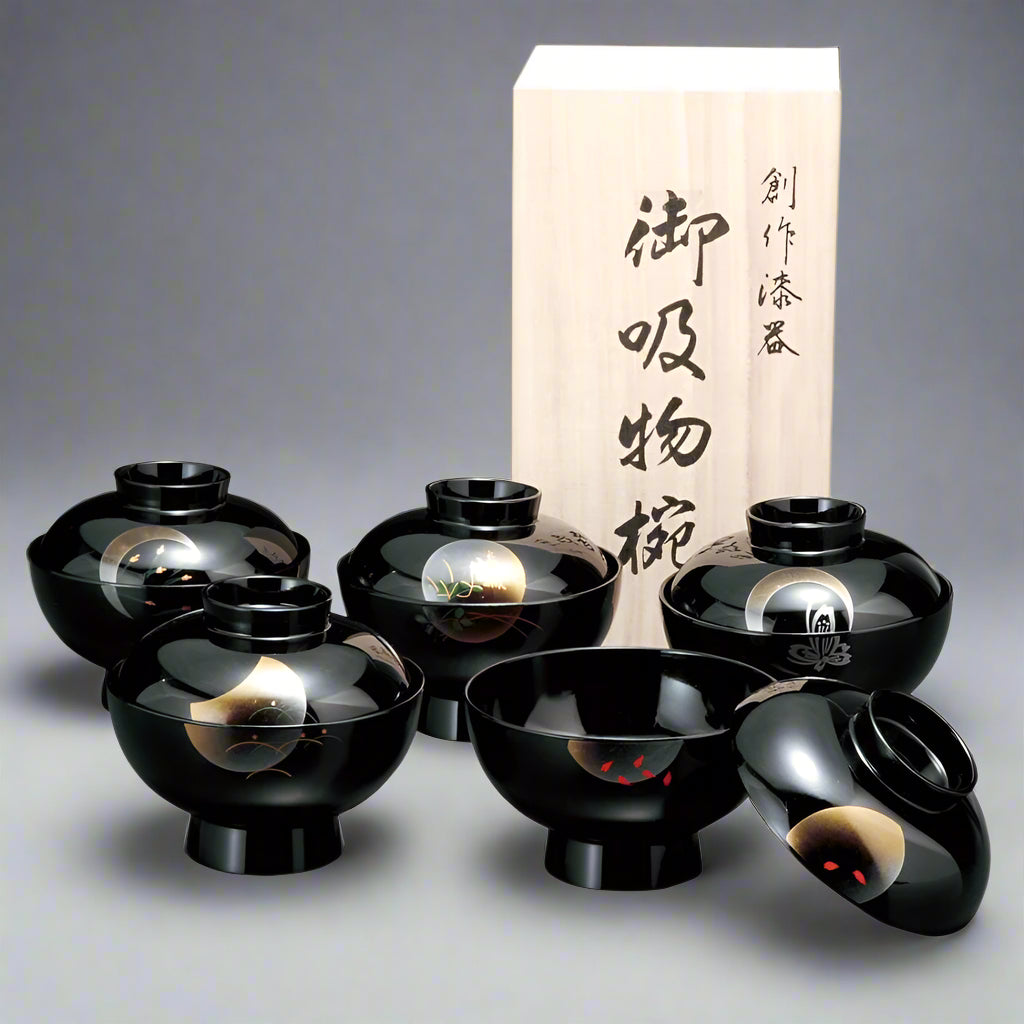
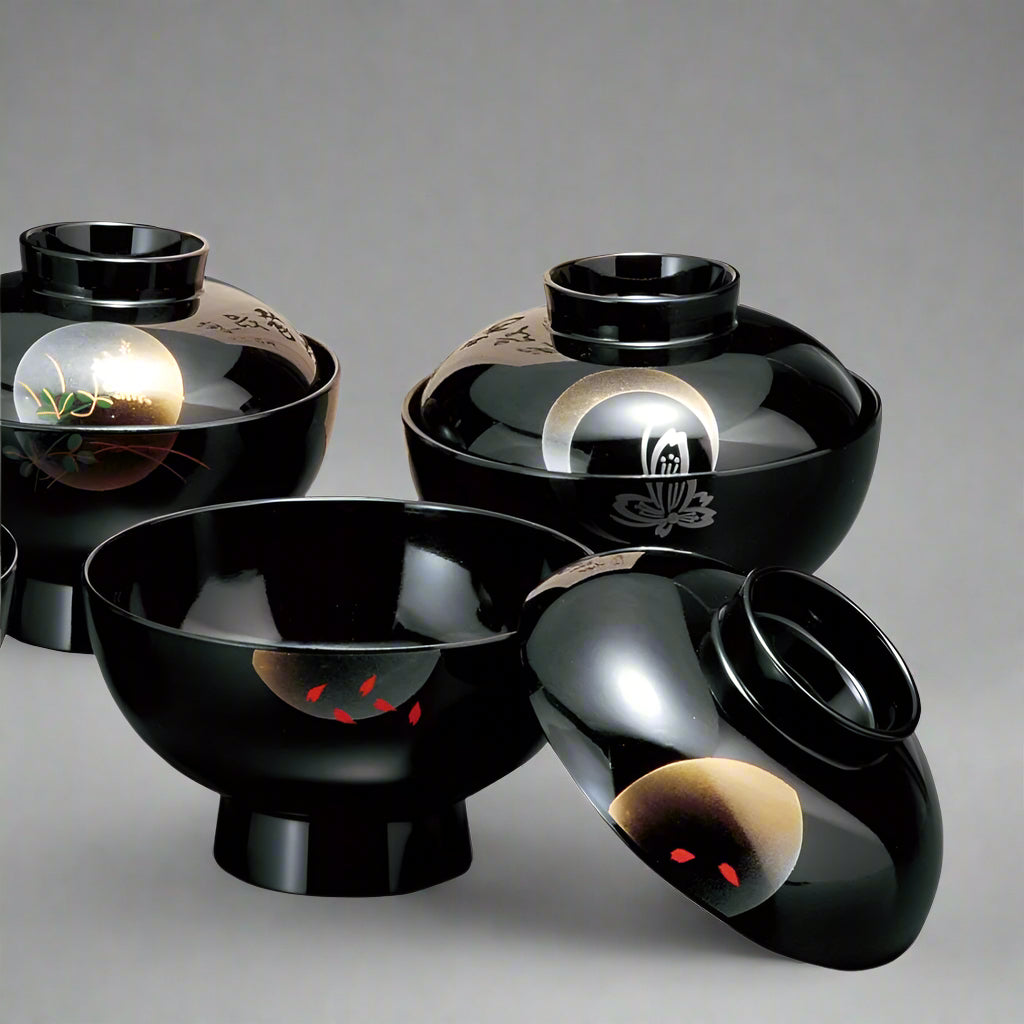
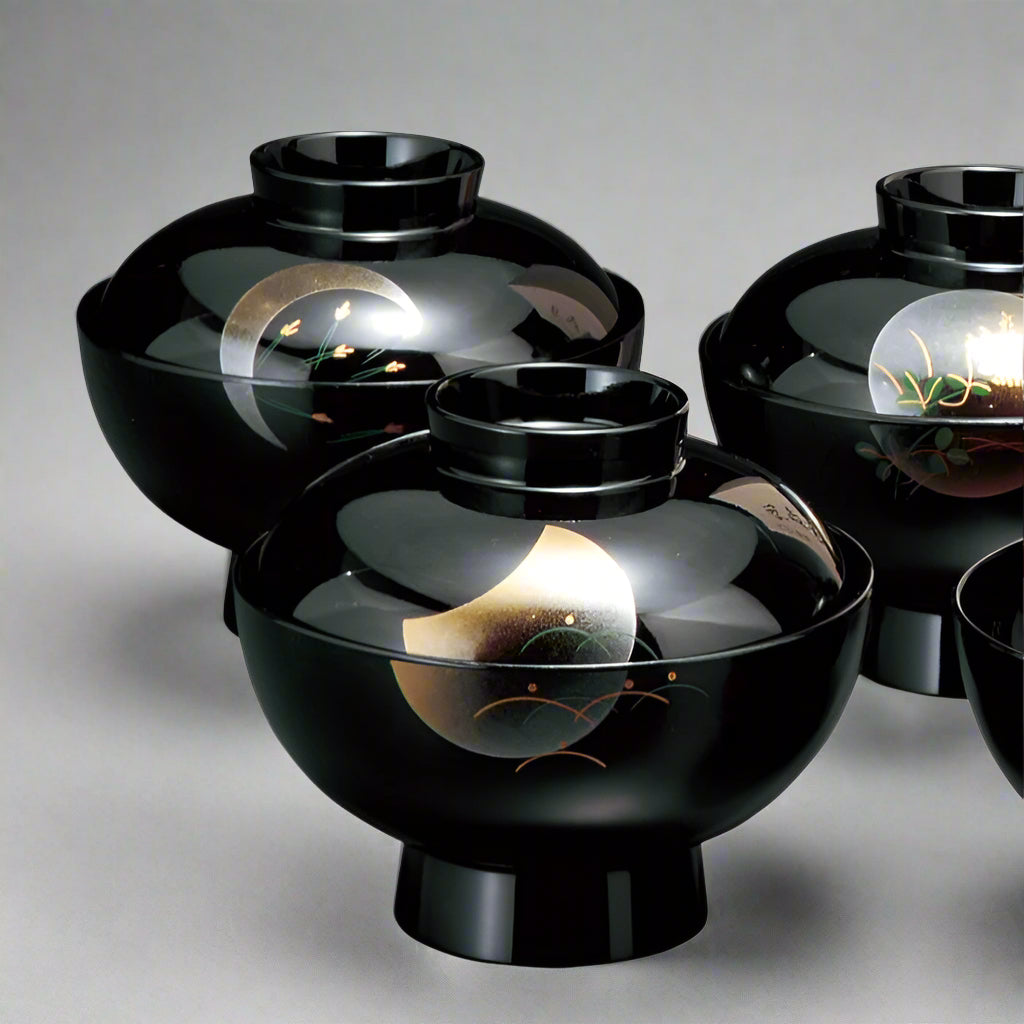
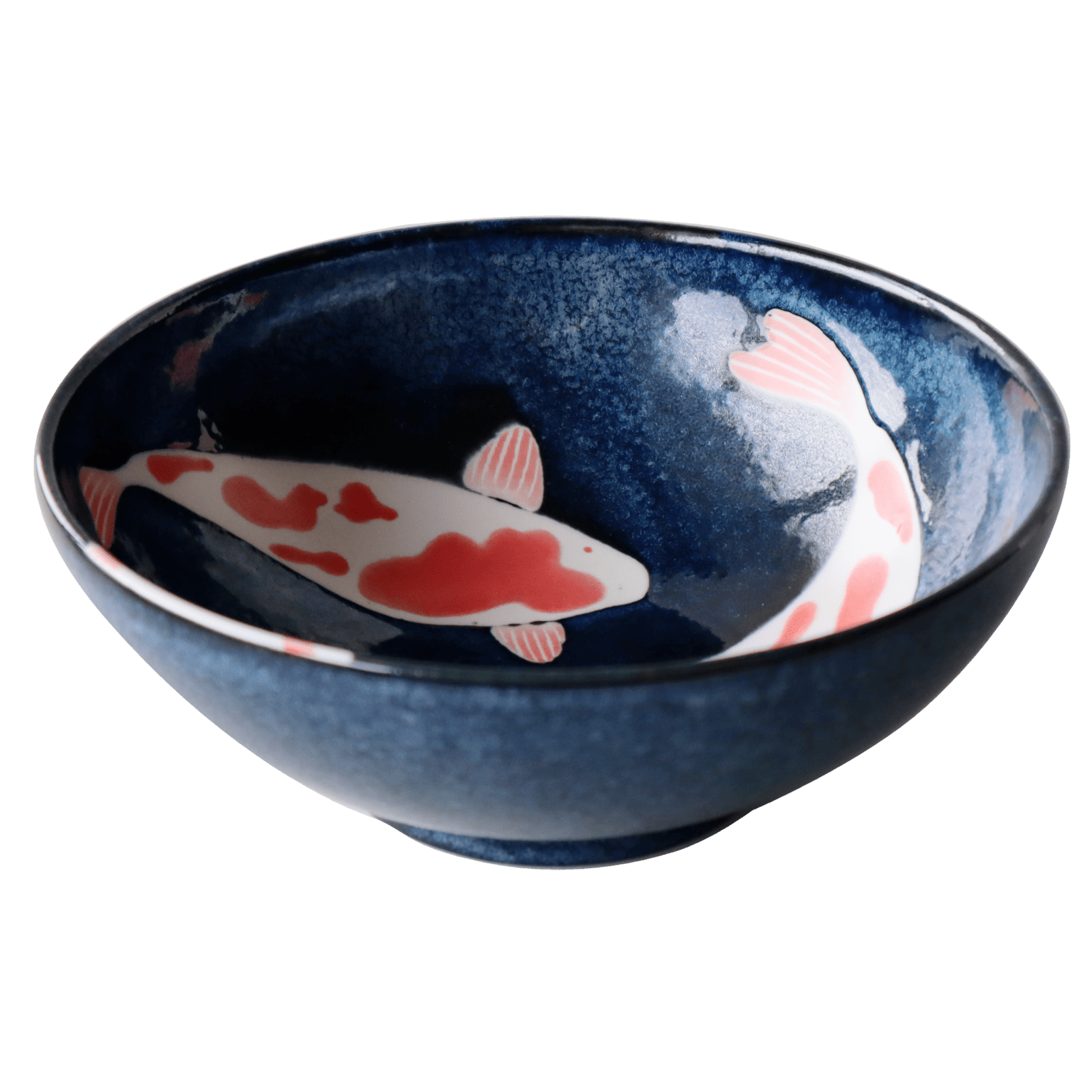
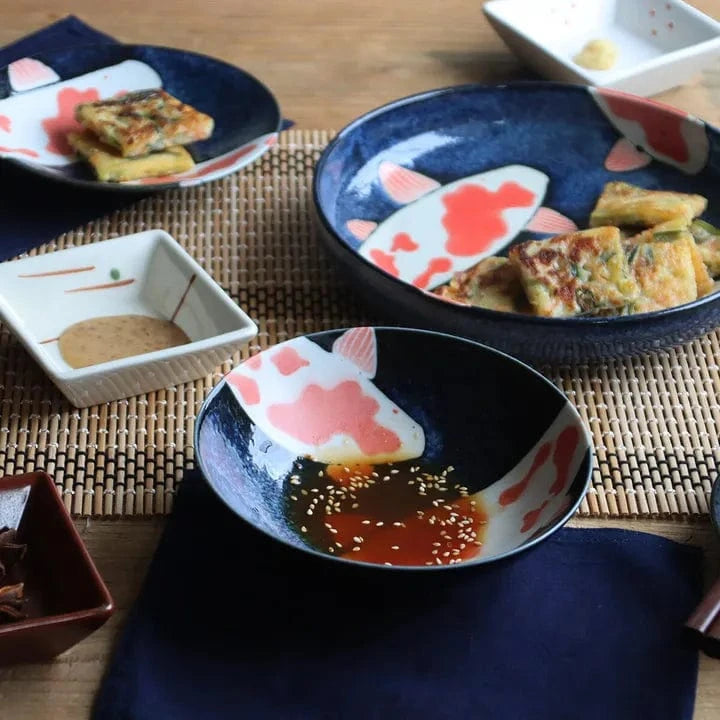
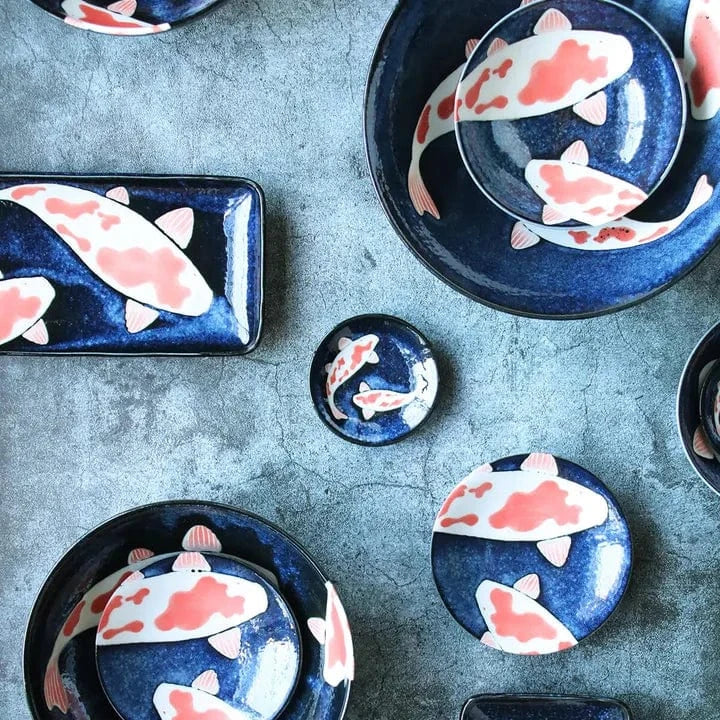
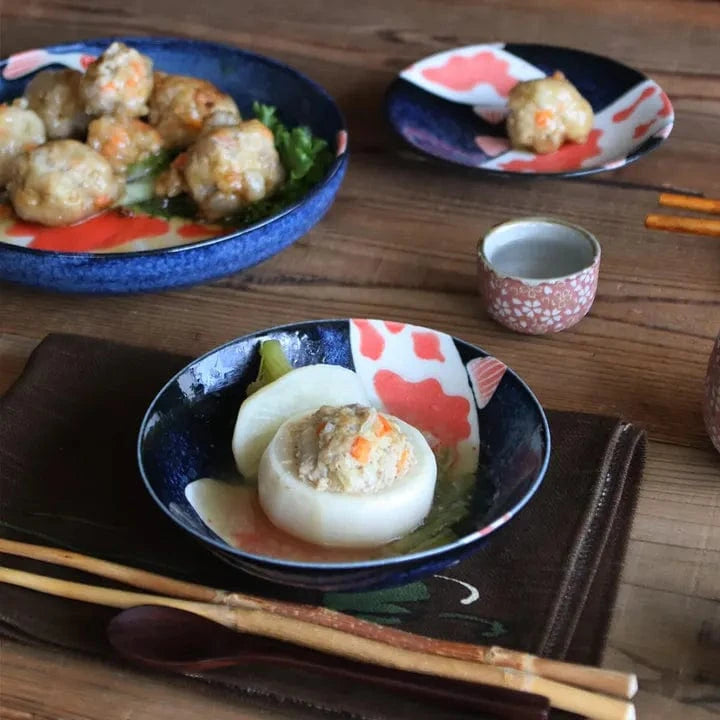
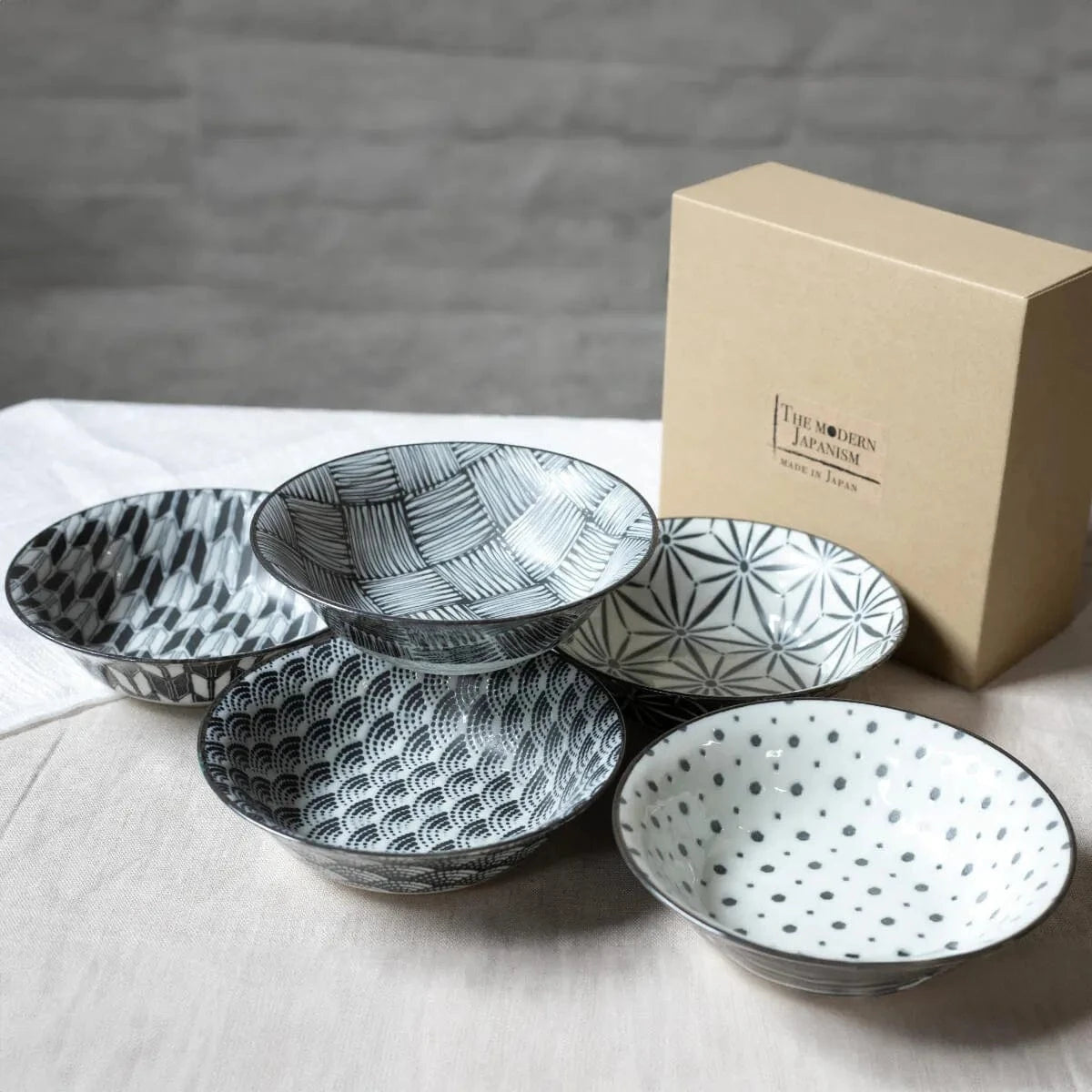
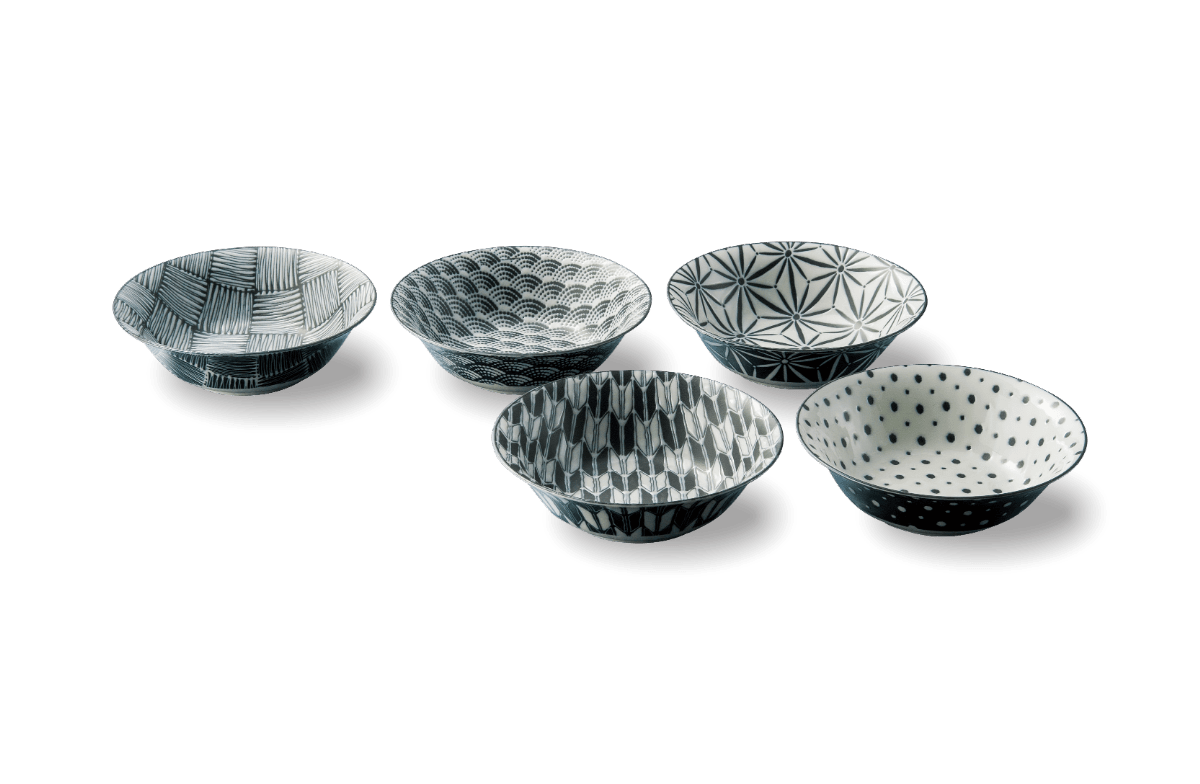
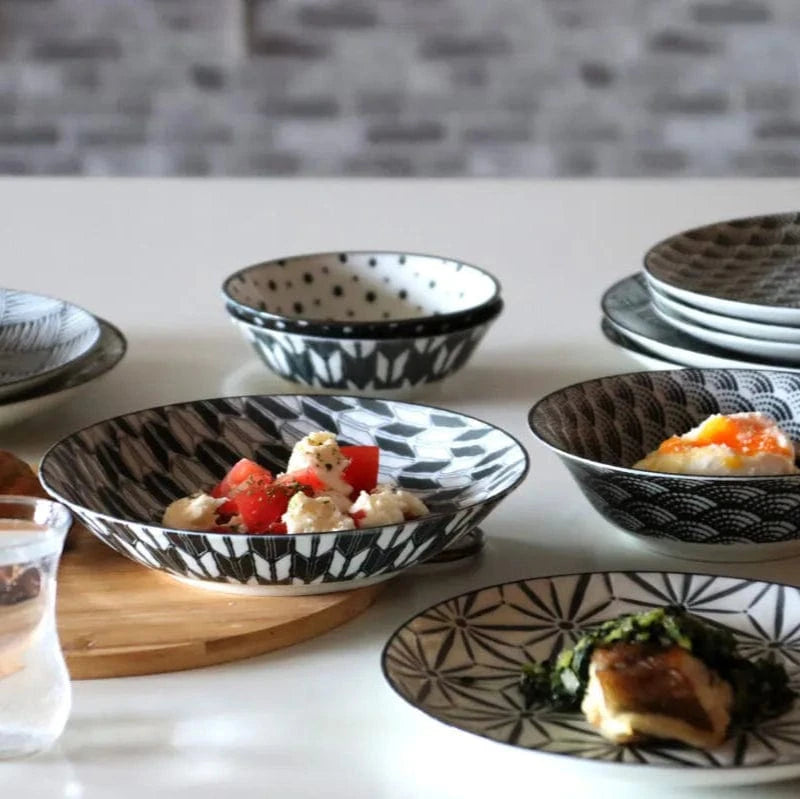
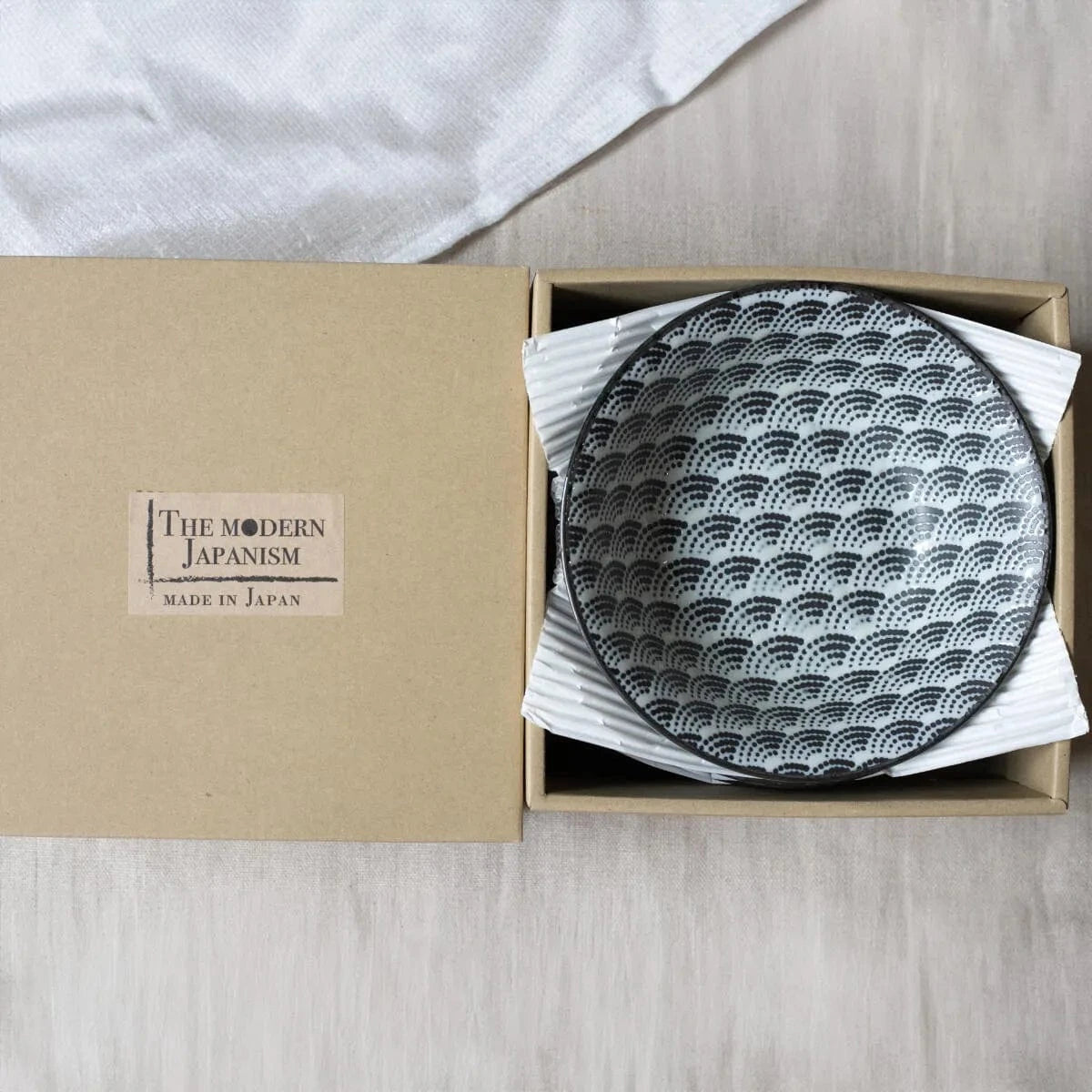
Share: